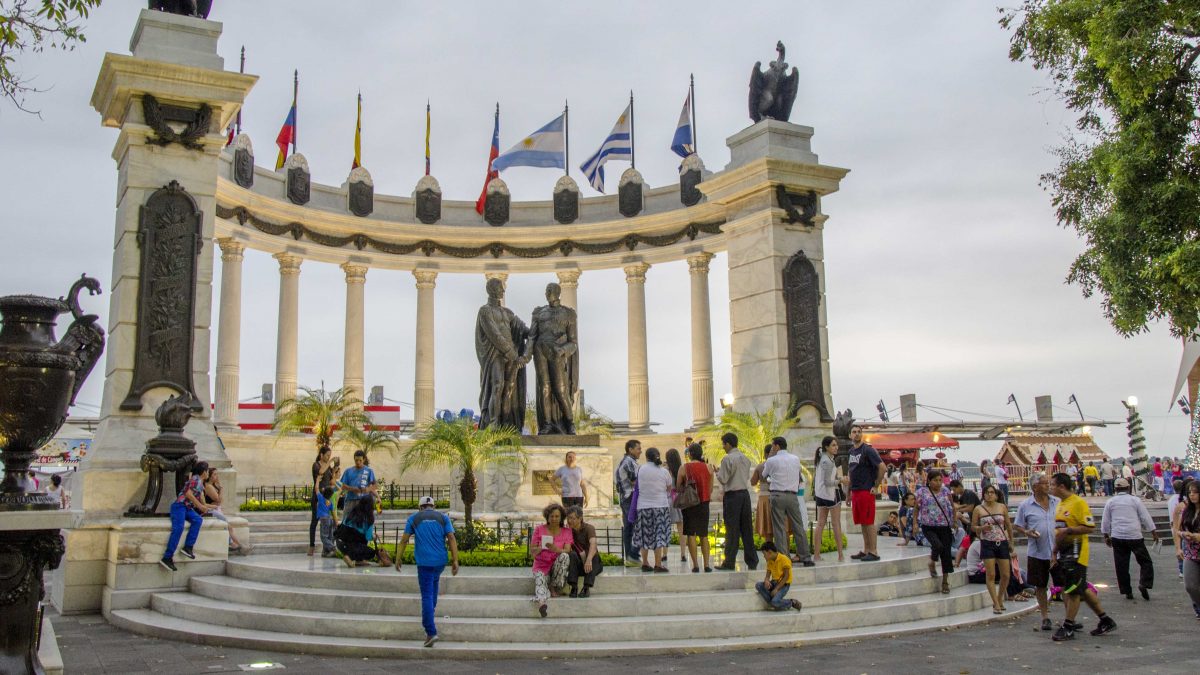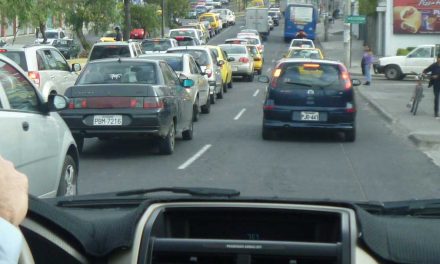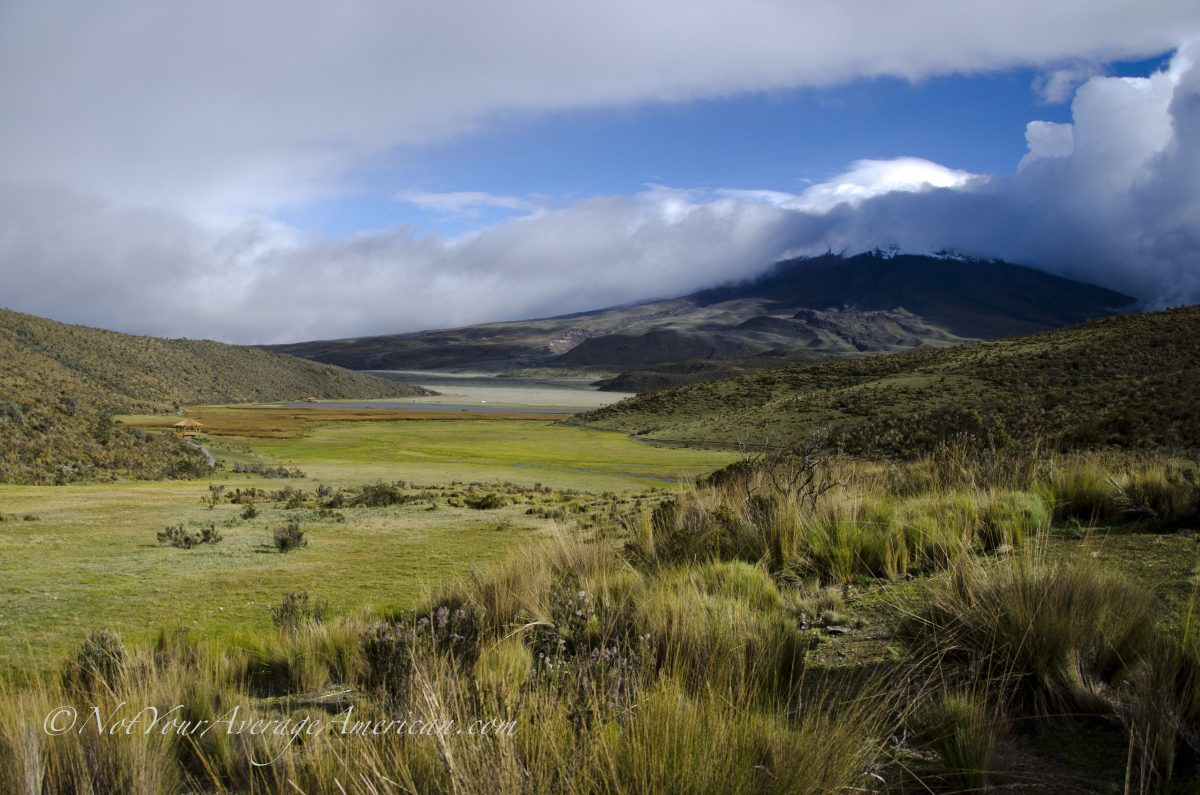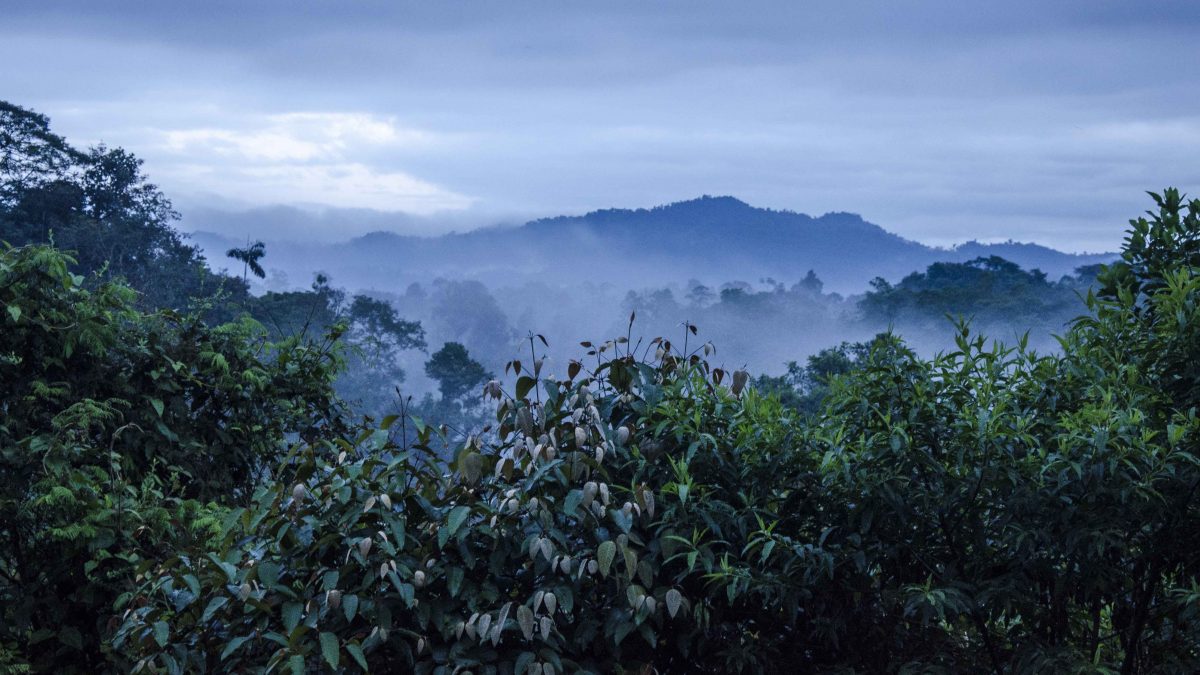Most tourists coming to the small Andean nation of Ecuador fly through Quito. Few realize that there is an ample, well-designed, international airport in the largest city, Guayaquil. In fact, depending on your exact vacation plans, a flight through the port city might be a better fit.
Let’s explore Guayaquil as your next gateway to Ecuador!
Fly into Guayaquil
Guayaquil is the largest city in the country and is a hub for international business, especially imports and exports. It is also a port city with an active import and export market that attracts business travelers from around the world. That means you can find direct flights from other countries in South America and from the United States, especially Miami. In fact, if you are planning on going directly to the Galapagos, flying into Guayaquil makes more sense than flying to Quito.
Things to See and Do in Guayaquil
To qualify as a great gateway to exploration, the city that you make a home base should be worth visiting on its own. Guayaquil has a rich history that includes tales of pirates and smugglers, beautiful parks and plazas, historic churches and municipal buildings, gorgeous vintage homes, museums galore, and opportunities to explore wild places like mangrove forests and wetlands full of colorful birds.
Unlike Quito, Guayaquil is at sea level, so visitors with concerns about high altitude have no need to worry. The climate is warm and humid year-round. The cuisine of coastal Ecuador is beloved throughout the country and the city is home to some of the best restaurants in the country. Just to give you a sneak peek.
Malecon 2000
The Malecon 2000 is a modern boardwalk along the Rio Guayas. It is home to museums, gardens, water features, playgrounds, as well as restaurants, and a shopping mall. If you want your picture taken with the iconic blue and white Guayaquil sign, the Malecon 2000 is the place to go.
Cerro Santa Ana
The hilltop that defines the neighborhood of Las Peñas is called Cerro Santa Ana. At its tippy-top stands a tall blue and white lighthouse called the Farro Santa Ana. Pedestrians must walk the stairway that meanders through the local neighborhood to reach its heights and enjoy the view of the Rio Guayas and the expanse of the big city.
Parque Histórico in Samborondón District
The Parque Histórico is both a living history museum and a small zoo. Many buildings important to the history of Guayaquil have found their way to the park grounds, creating a tiny memorial to the active port city of a gone-by era. A well-designed walking trail meanders through native vegetation and open-air enclosures with different animal species native to Ecuador.
Isla Santay
The National Recreation Area Isla Santay lies in the middle of the Rio Guayas. Visitors can reach the island by a pedestrian bridge located near the Mercado Caraguay in the Barrio Centenario Sur. The island is home to over a hundred species of birds, a few crocodiles, and a village where locals now work in community tourism.
Botanical Garden
An underrated location in Guayaquil, the Botanical Garden is located in the Metropolis neighborhood. This green oasis sits on a hillside with views of the surrounding city. The collection of orchids is worth a visit. Make sure to check the nearby trees for both green iguanas and their larger cousins, the Common Iguana.
Parque Seminario
If you want to see iguanas in the middle of the largest city in Ecuador, you must visit Iguana Park, also known as Parque Seminario. Created to honor the Liberator Simon Bolivar, the park is a popular destination for locals. If you get tired of admiring the iguanas, you can always take up people-watching instead.
Things to See and Do near Guayaquil
It isn’t just the city that has great things to do. The outskirts of Guayaquil are close to many nature reserves and national conservation areas worthy of your time.
Bosque Cerro Blanco
The Bosque Cerro Blanco is located on the road going to the Pacific Coast. This small reserve is home to an endangered species of Howler Monkey, both types of iguanas, dozens of lizards, and more than a hundred species of birds.
Puerto Hondo
Located across the road from the Bosque Cerro Blanco, Puerto Hondo is the closest “beach” to the big city. It lies on the banks of a back waterway that eventually feeds into the Gulf of Guayaquil. While only a fair place for swimming, it is a great place to rent kayaks and explore the waterway.
Playas
The closest beaches on the Pacific Coast to Guayaquil lie in the community of Playas, or General Villamil. Popular on the weekends and holidays, these beaches are quieter mid-week.
Using Guayaquil to Visit the Coast
Guayaquil, though a port city, does not lie on the Pacific coast of Ecuador. The closest beaches are a little more than an hour away. And be warned, Guayaquileños love the beach. Weekend and holiday traffic can more than double the time it takes to arrive at your vacation destination. Don’t let that stop you from visiting further up the coast to Salinas, Valdivia, and Montañita.
And there is more…
Use Guayaquil as your gateway to Ecuador and you could easily explore the central and southern mainland. Guayaquil to Cuenca is only a four-hour drive. Guayaquil to Loja is a one-hour flight or another three hours by car from Cuenca. And the highest mountain in Ecuador, Chimborazo, is a half day’s drive from Guayaquil to Riobamba. At the very least, you might consider flying into Guayaquil to begin your vacation and sea level and to make your way into the mountains to gradually adapt to altitude, finalizing your trip in Quito before flying back home.




























